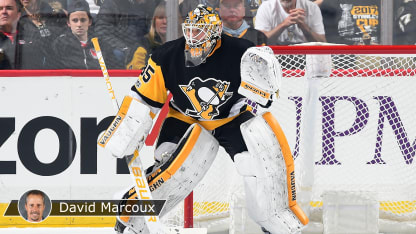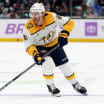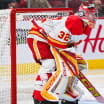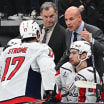The road to the Stanley Cup is filled with highs and lows throughout a season. Consistency, health and depth in the goaltending department can make or break contending teams' hopes of hoisting the Cup in June.
In an NHL salary cap world, we are seeing a few goaltending tandems. The New York Islanders, with Thomas Greiss and Jaroslav Halak, and the Boston Bruins, who have Tuukka Rask and Anton Khudobin, have found success in close to a 50-50 split in starts.
Greiss has started 14 games and Halak 13 for the Islanders (16-9-2), who are fourth in the Metropolitan Division. The Bruins (12-9-4) are fourth in the Atlantic Division thanks largely to Khudobin's 7-1-2 record in 10 starts. Rask is 5-8-2 in 15 starts.
Then there is the Vegas Golden Knights, who are second in the Pacific Division, having played five goalies this season. With Marc-Andre Fleury injured, Malcolm Subban has gone 6-2-0 in eight starts, with a 2.27 goals-against average and .923 save percentage.
Most teams rely on a true No. 1 who will play 60-plus games, which makes it very difficult for backups to perform well with limited playing time. Playing once a month, usually in the second half of a back-to-back, is one of the toughest jobs in the NHL.
Even more complicated for organizations is how to handle the No. 3 goalie. Keeping that goalie busy in the minors is a priority in terms of sharpness and development but it's not always the easiest thing to do.
This season we've seen injuries to several No. 1 goalies, including Fleury, Carey Price of the Montreal Canadiens, Matt Murray of the Pittsburgh Penguins, Mike Smith of the Calgary Flames and Roberto Luongo of the Florida Panthers.
It's interesting to see how organizational depth comes quickly into play when these injuries occur. Ideally, an American Hockey League goalie playing a lot of minutes is ready for an emergency recall and will try to take advantage of his opportunity.
Here is a look at how some depth goalies are doing with their NHL opportunity.


















